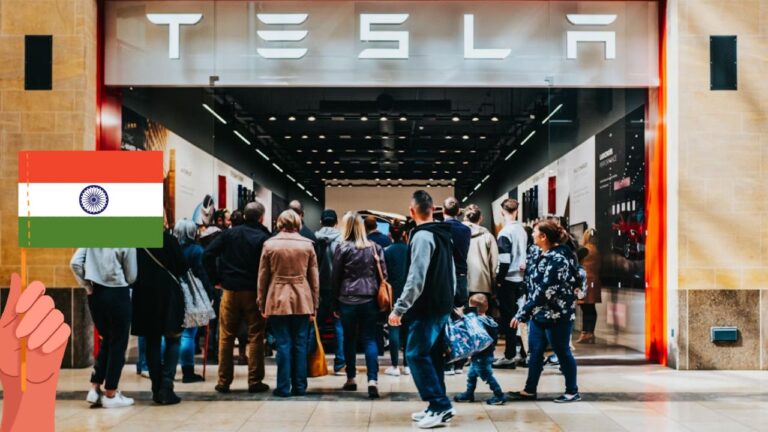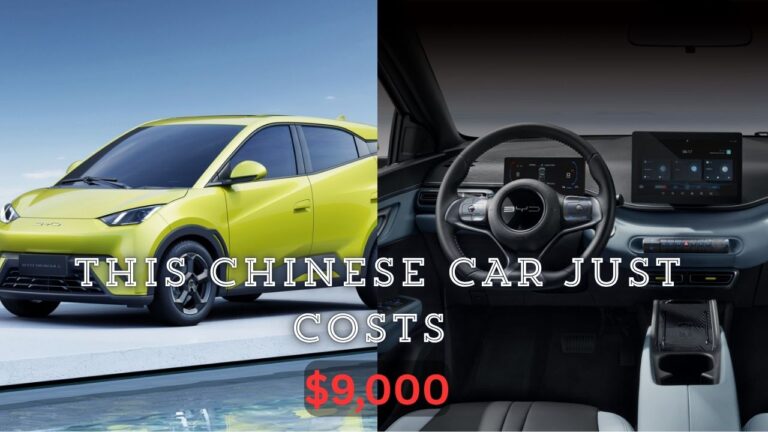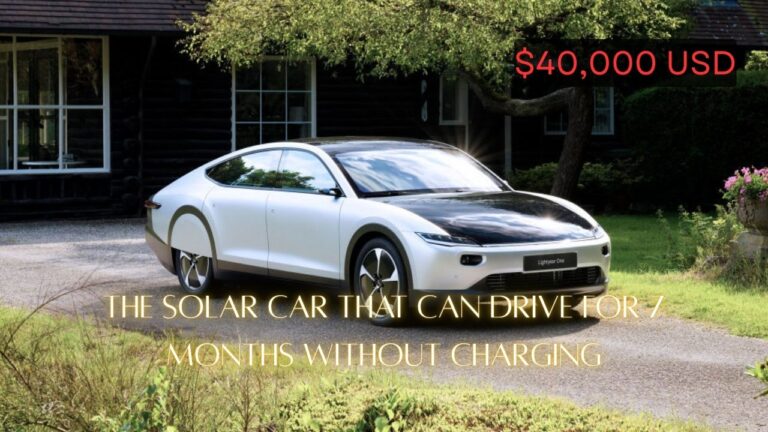In 2025, the global automotive industry is staring down a potential production crisis driven by a shortage of rare-earth metals, particularly rare-earth magnets, which are essential components in electric vehicles (EVs), hybrid cars, and advanced automotive systems. This looming shortage has been triggered primarily by China’s recent tightening of export restrictions on rare-earth elements, a move that has sent shockwaves throughout the global supply chain.
Rare-earth elements (REEs) — a group of 17 critical metals including neodymium, dysprosium, and praseodymium — are crucial in manufacturing permanent magnets used in electric motors, battery systems, and various automotive sensors. China’s dominance in rare-earth mining and processing means that any disruption in its export policies has far-reaching consequences for automakers in the United States, Europe, Japan, and beyond.
This article explores the rare-earth shortage’s causes, its immediate impact on car production worldwide, and the strategic responses automakers and governments are adopting to mitigate this unprecedented supply chain risk.
What Are Rare-Earth Elements and Why Are They Essential for Cars?
Rare-earth elements are a set of 17 metals known for their magnetic, luminescent, and electrochemical properties. Although not particularly “rare” in the Earth’s crust, their extraction and refinement are complex and environmentally challenging, which limits their production to a few specialized regions worldwide.
In the automotive sector, rare-earth magnets are integral to the high-performance electric motors that power EVs and hybrid vehicles. These magnets offer superior energy efficiency, compact size, and durability compared to traditional electromagnets.
Key applications include:
- Electric Motors: Permanent magnets in traction motors for EVs and hybrids.
- Battery Technologies: Some batteries require rare-earth components to improve performance.
- Sensors and Electronics: Critical for modern safety, navigation, and autonomous driving systems.
- Lightweight Materials: Used in alloys that reduce vehicle weight, improving fuel efficiency.
China’s Export Restrictions: The Catalyst of the Crisis
China currently controls approximately 80% of the global supply of processed rare-earth elements. While rare-earth minerals exist in other countries, China’s dominant position in refining and producing rare-earth magnets gives it significant leverage over global supply chains.
In early 2025, Beijing announced stricter export quotas and increased tariffs on rare-earth magnets and metals, citing environmental concerns and strategic resource management. This policy shift aims to preserve domestic supply and control global market dynamics but has triggered an acute shortage internationally.
The repercussions are immediate:
- Automakers in Tier 1 Countries Struggle: Major manufacturers in the US, Germany, Japan, and South Korea report delayed deliveries of motors and components.
- Price Surges: The cost of rare-earth metals and magnets has surged by over 50% in the past six months.
- Supply Chain Disruptions: Delays in component shipments are causing production line slowdowns and factory shutdowns.
How the Shortage Affects Global Car Production
United States and Canada
North American automakers, including Tesla, Ford, and GM, heavily rely on imported rare-earth magnets for their EV motors. The shortage is forcing some companies to scale back production targets or delay new model launches.
The US government has acknowledged the vulnerability and is accelerating investments in domestic mining projects and recycling technologies. However, these efforts may take years to alleviate current supply constraints.
Europe: Germany, France, UK
Europe’s ambitious EV adoption targets face significant hurdles due to the shortage. Germany’s Volkswagen and BMW, France’s Renault, and the UK’s Jaguar Land Rover have reported supply chain challenges impacting electric and hybrid model outputs.
European policymakers are pushing for diversified supply chains, promoting rare-earth mining in countries like Sweden and recycling initiatives across the EU. However, immediate production impacts are unavoidable.
Asia-Pacific: Japan, South Korea, Australia
Japan and South Korea, home to major automakers like Toyota, Honda, Hyundai, and Kia, also depend heavily on rare-earth imports from China. Both nations are ramping up rare-earth research and exploring alternative magnet technologies, but short-term production disruptions remain likely.
Australia, while rich in rare-earth deposits, currently lacks extensive processing infrastructure and thus faces challenges scaling production quickly enough to meet global demand.
Industry Innovations and Alternative Solutions
In response to the rare-earth shortage, automakers and researchers are exploring multiple strategies to reduce dependency on Chinese exports:
- Developing Rare-Earth-Free Motors: Some companies are investing in ferrite-based magnets or electrically excited synchronous motors that do not require rare-earth metals.
- Recycling and Reuse: Recycling rare-earth magnets from end-of-life vehicles and electronic waste is becoming a critical focus to recover valuable materials.
- Diversifying Supply Chains: Automakers are signing partnerships with mining companies in North America, Australia, and Africa to secure alternative sources.
- Material Substitution: Research is ongoing to substitute rare-earth magnets with cheaper, more abundant materials, though performance trade-offs remain.
Geopolitical Implications and Future Outlook
China’s rare-earth export controls highlight the geopolitical dimension of resource dependency. With rare-earth metals classified as strategic resources, countries are increasingly viewing supply security as a matter of national security.
Key trends to watch:
- Increased Government Investments: The US, EU, Japan, and Australia are committing billions to expand rare-earth mining and processing capacity domestically.
- Trade and Diplomatic Tensions: Rare-earth supply will remain a focal point in trade negotiations and geopolitical competition.
- Acceleration of EV Innovation: Automakers may fast-track alternative motor designs and battery chemistries less reliant on rare-earths.
What Consumers Can Expect
For consumers, the rare-earth shortage may translate into:
- Higher EV Prices: Increased production costs may pass on to buyers, slowing adoption rates.
- Delayed Vehicle Deliveries: Limited availability of components could cause longer wait times for new EV and hybrid models.
- Increased Focus on Sustainability: Growing awareness of resource scarcity may drive demand for recyclable and sustainable automotive technologies.
Conclusion: Navigating the Rare-Earth Supply Crisis in the Automotive Sector
The rare-earth shortage triggered by China’s export restrictions poses a significant threat to global car production in 2025. As EV demand surges worldwide, supply chain vulnerabilities have become glaringly apparent.
Automakers and governments in tier 1 countries are responding with a multi-pronged approach, including domestic mining, recycling, innovation in motor design, and international partnerships. However, this crisis underscores the fragility of current global supply chains and the urgent need for more resilient, sustainable strategies.
The automotive industry stands at a critical crossroads — how it navigates the rare-earth shortage will shape the future of clean transportation for years to come.




